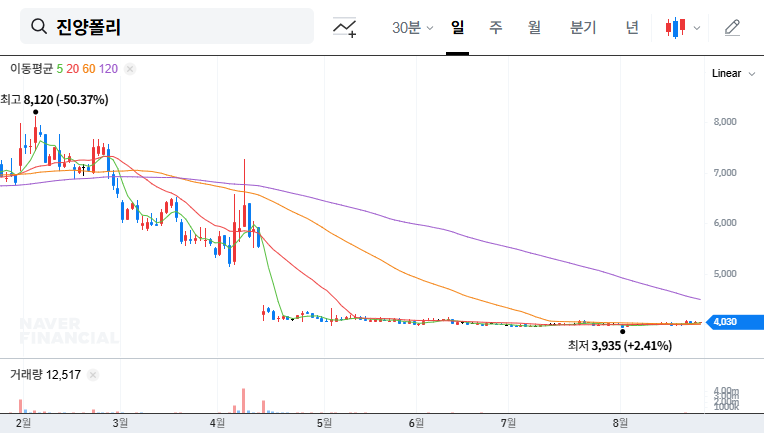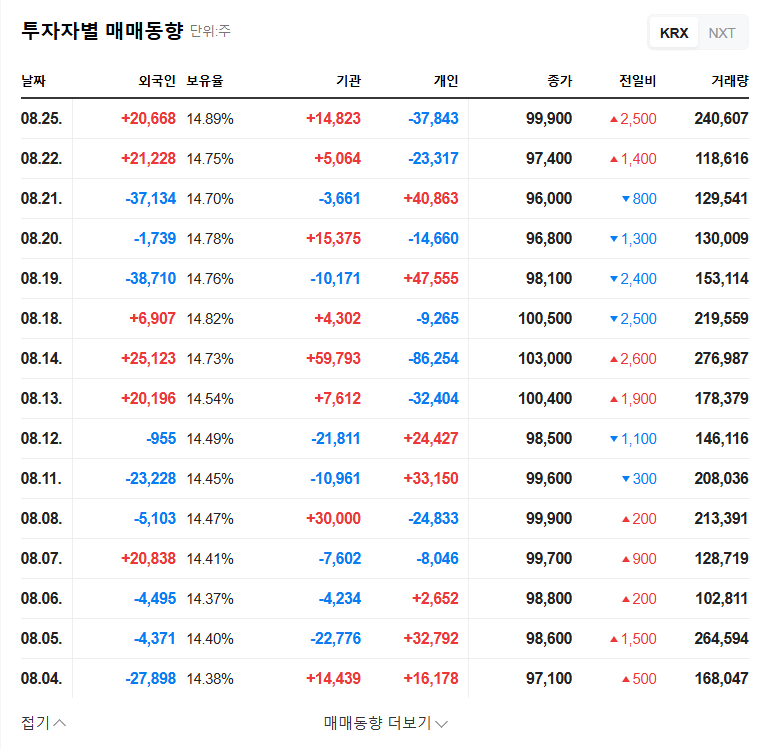
1. What Happened? JinYoung Polyurethane’s ₩61.6B Investment Announcement
JinYoung Polyurethane announced a ₩61.6 billion (188.2% of capital) investment in the construction of a new Eumseong plant and new equipment. The investment period is from August 26, 2025, to December 31, 2026.
2. Why Invest? Expanding Production Capacity and Driving New Business
The purpose of this investment is to expand production capacity and secure momentum for new business ventures. This is interpreted as a strategic investment to enhance production efficiency and enter new markets amidst intensifying competition in the polyurethane foam market.
3. So, What’s Next? Analyzing Opportunities and Risks
3.1. Opportunities: Securing Growth Momentum
- Expected to secure future growth engines and diversify business portfolio by expanding production capacity and entering new businesses.
- Potential to enhance market competitiveness through increased production efficiency and new product development.
3.2. Risks: Increased Financial Burden
- Possibility of increased financial burden due to increased debt and interest expenses from financing the ₩61.6 billion investment.
- Potential for existing fundamental weaknesses (declining sales, high debt ratio) to be exacerbated by investment uncertainties.
- Increased investment risk due to external environmental factors (exchange rate, interest rate, raw material price fluctuations).
4. Investor Action Plan: Close Monitoring Required
This investment by JinYoung Polyurethane carries both growth potential and financial risk. Investors should closely monitor the following:
- Financing methods: Observe changes in financial structure depending on the financing methods, such as rights offerings or borrowing.
- Timing of investment results: Continuously monitor the completion of the new plant, increase in production volume, and performance of new businesses.
- Industry and market conditions: Adjust investment strategies based on changes in the polyurethane market and the global economic situation.
Frequently Asked Questions
What is JinYoung Polyurethane’s main business?
JinYoung Polyurethane specializes in manufacturing polyurethane foam, a material used in various industries including construction, automotive, and electronics.
What is the scale of this investment?
It is a substantial investment of ₩61.6 billion, representing 188.2% of the company’s capital.
How will the investment be funded?
Specific funding details have not yet been disclosed. Investors should consider various possibilities such as rights offerings and borrowing.
What are the risks associated with this investment?
Key risks include a high debt ratio, uncertainty surrounding investment outcomes, and external factors like fluctuations in exchange rates, interest rates, and raw material prices.

